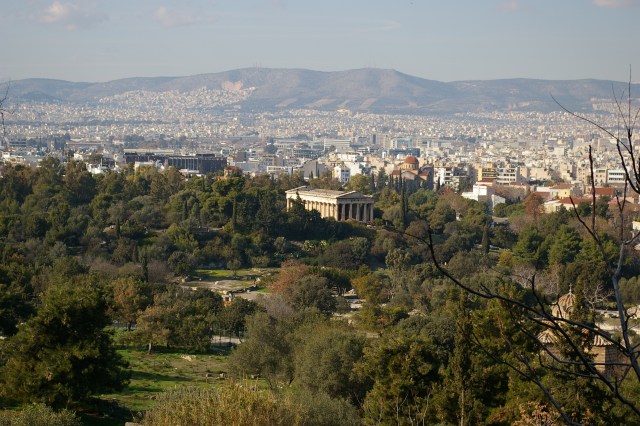We saw many fascinating things during our trip to Vietnam, but one of the things that we found interesting were the different caves that we explored. We went to caves in the Ninh BinhPprovince as well in Halong Bay. Some of them were caves where we went through the cave by boats or canoes as well as others where we walked through the caves. Each one of them was a unique experience in their own ways and it was it was interesting not just from a geological perspective, but from a cultural perspective as well. There are other caves that can be explored, but these are the ones that we visited during our time in Vietnam.


Tam Coc Cave – One of the more popular day tours from Hanoi is to go to the Ninh Binh Province, especially to do the Tam Coc caves (which actually means three caves). There are a couple of styles of boats that will take you along the Ngo Dong River, but the ones where the oarsman rows with their feet are different from anything else that we’ve done. The caves themselves are quite interesting as they have been carved out by the river and they actually create tunnels that take you under the mountain by boat.


Sung Sot (Surprise) Cave – Of the many fascinating places that we visited during our Halong Bay tour, seeing Sung Sot or Surprise Cave was certainly unique. There are many caves throughout the region, although most of the other ones that we visited were on the water. Surprise Cave is completely different as it is more of what we would consider to be a cavern with large ceilings, stalagmites, and stalactites. It is another very popular location, so the earlier in the day that you can arrive, the better off you will be.


Huang Tich Cave – Perfume Pagoda is a complex of Buddhist temples located about a couple of hours outside of Hanoi in Vietnam. At the heart of the complex is Huong Tich Cave and within the cave is Chua Trong or the Inner Temple. During the festival time, from late January through early March, thousands of people visit the temple and the 2.5 km (1.5 mile) path that takes you up to the cave is lined with vendor stalls selling food, gifts, and objects to use as an offering. In order to reach the Perfume Pagoda complex, you need to take an almost hour-long boat ride (less if you take a motorized boat) through the beautiful countryside.


Mua Cave – A visit to Mua Cave in the Ninh Binh Province isn’t only about seeing the cave, many of other caves that we saw were more impressive, but it is all about climbing the over 540 stairs to see the incredible views of the countryside. To be clear, the steps are steep and uneven throughout much of the ascent to the top, so bring plenty of water and take your time. Despite the effort to reach the summit, the views along the way as well as when you reach the top are well worth the muscle pain. At the base of the mountain is a beautiful park with statues of horses and a fountain. It is a perfect place to sit in the shade and unwind after completing the long climb up the staircase.


Luan Cave – Another popular excursion when doing a cruise on Halong Bay is to explore Luan Cave (Hang Luan). You can either go by rowboat or by kayak depending on your preference, but either way it is an enjoyable experience. After passing through the cave, you enter an isolated inlet with stunning cliffs and turquoise water. Near the mouth of the cave, you will likely find several monkeys who climb across the rocky shore hoping for some treats from the many tourists who visit.


There are obviously many unique places to see during a visit to Vietnam, but if you take the time to get out of the cities and go to these interesting caves, you will be well rewarded. Seeing them was certainly a highlight of our two-week trip to this wonderful country.




































